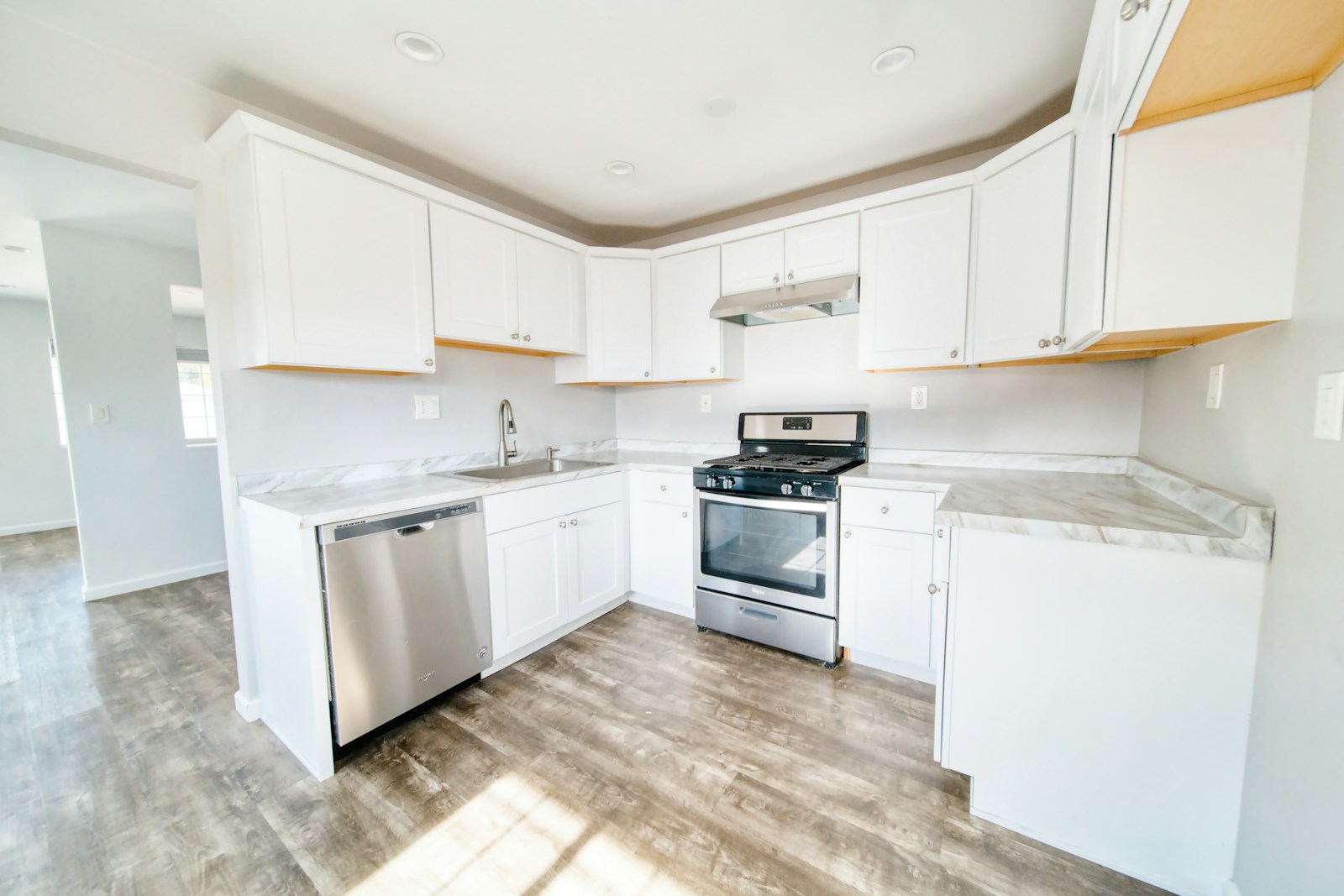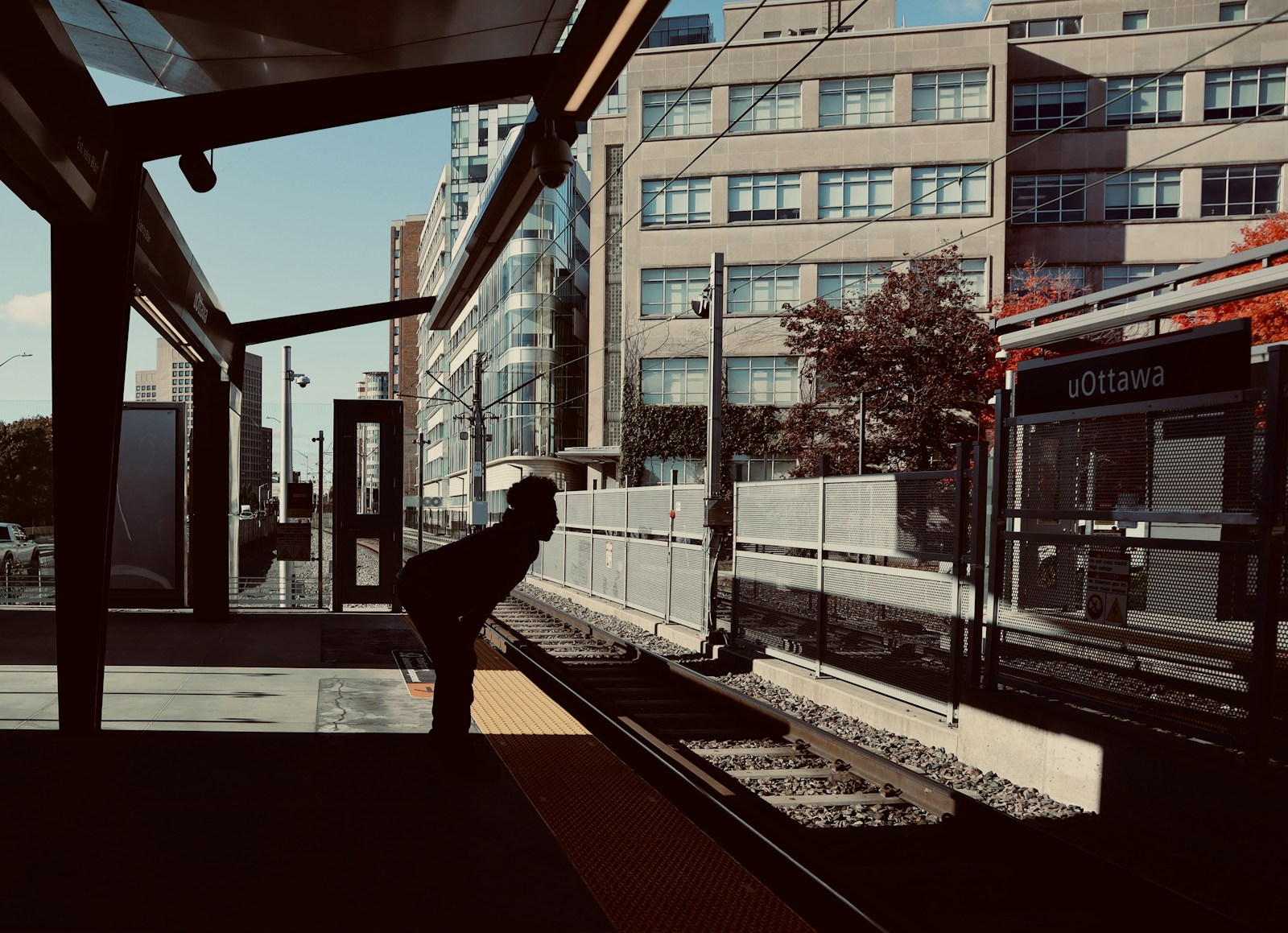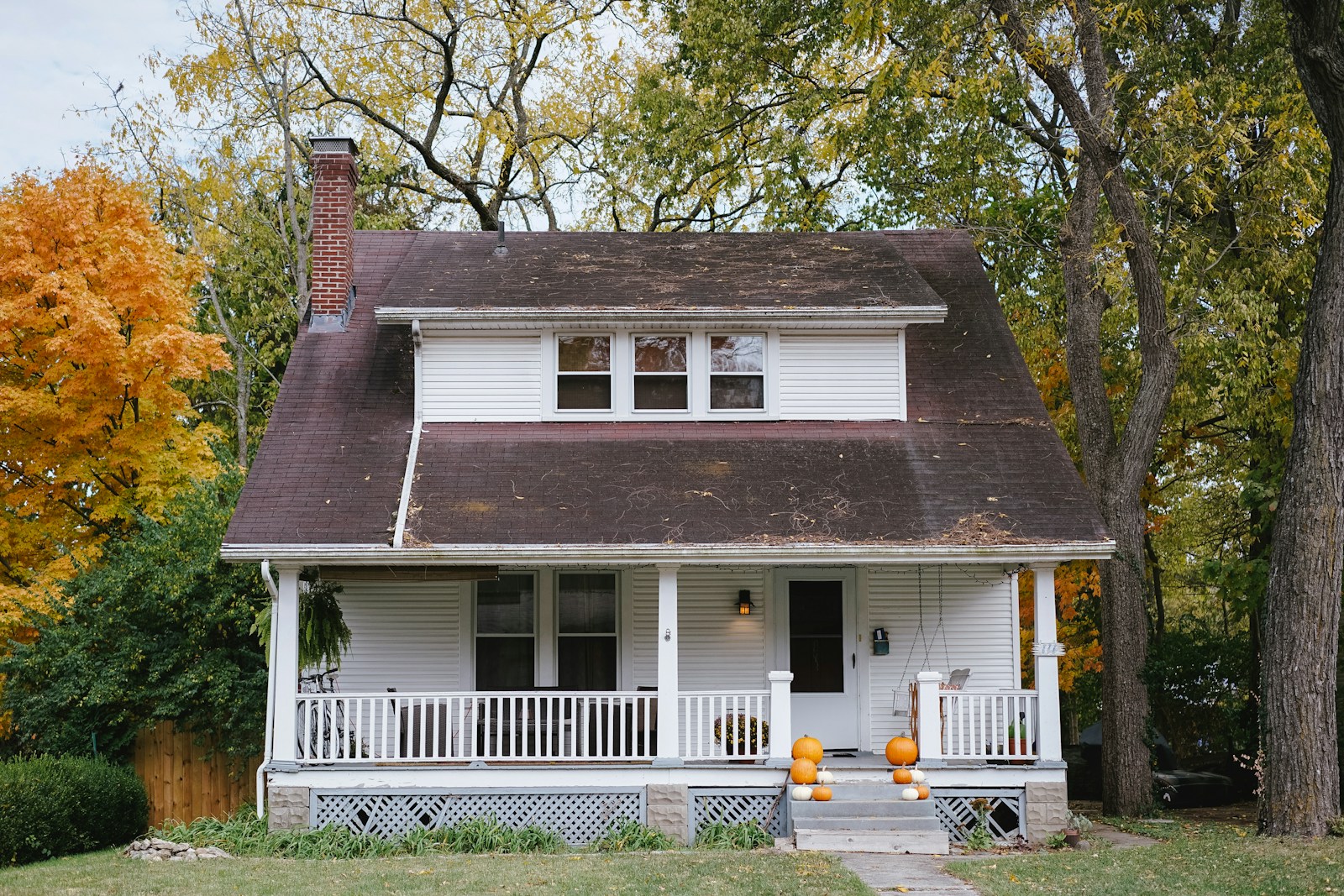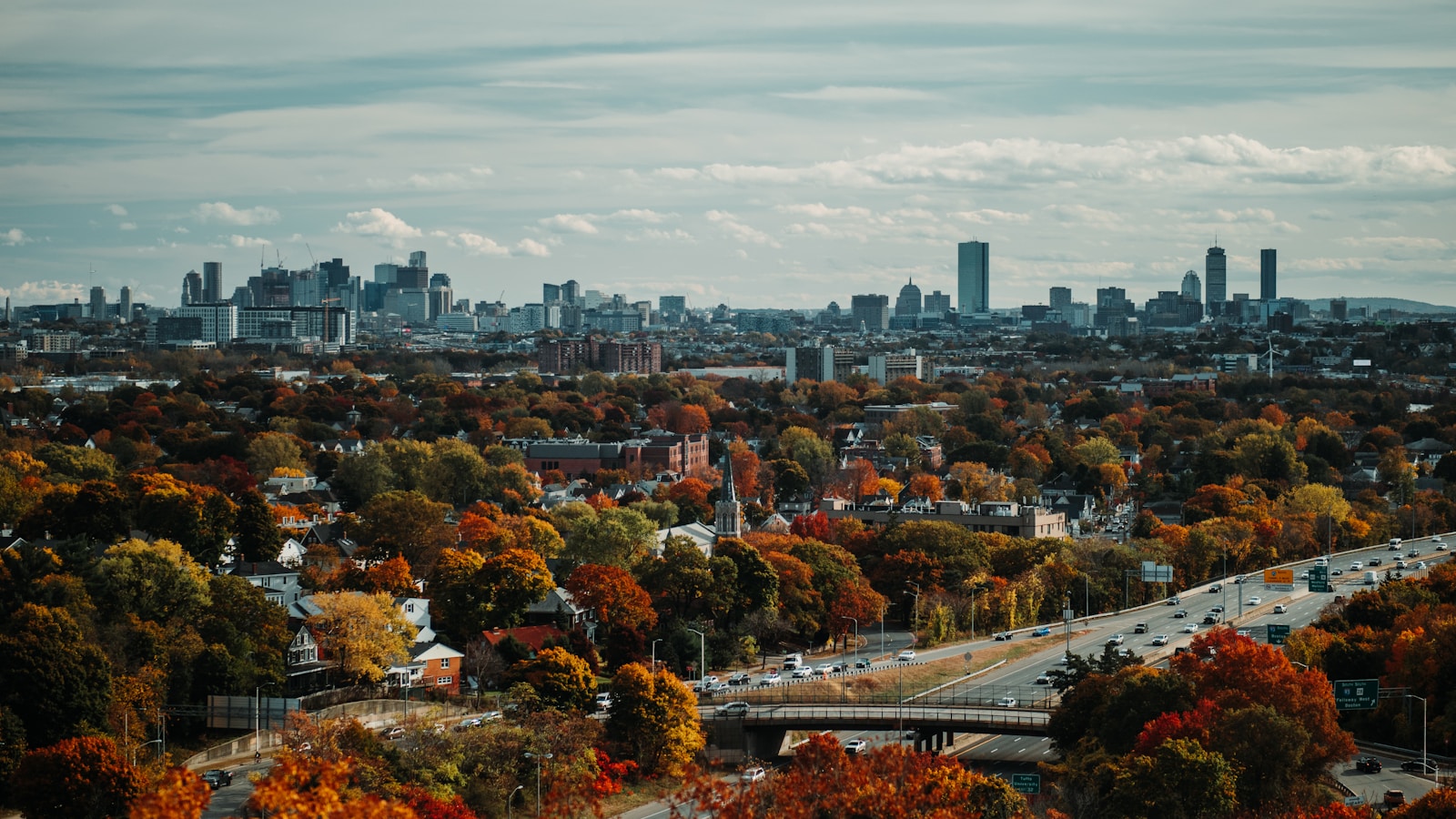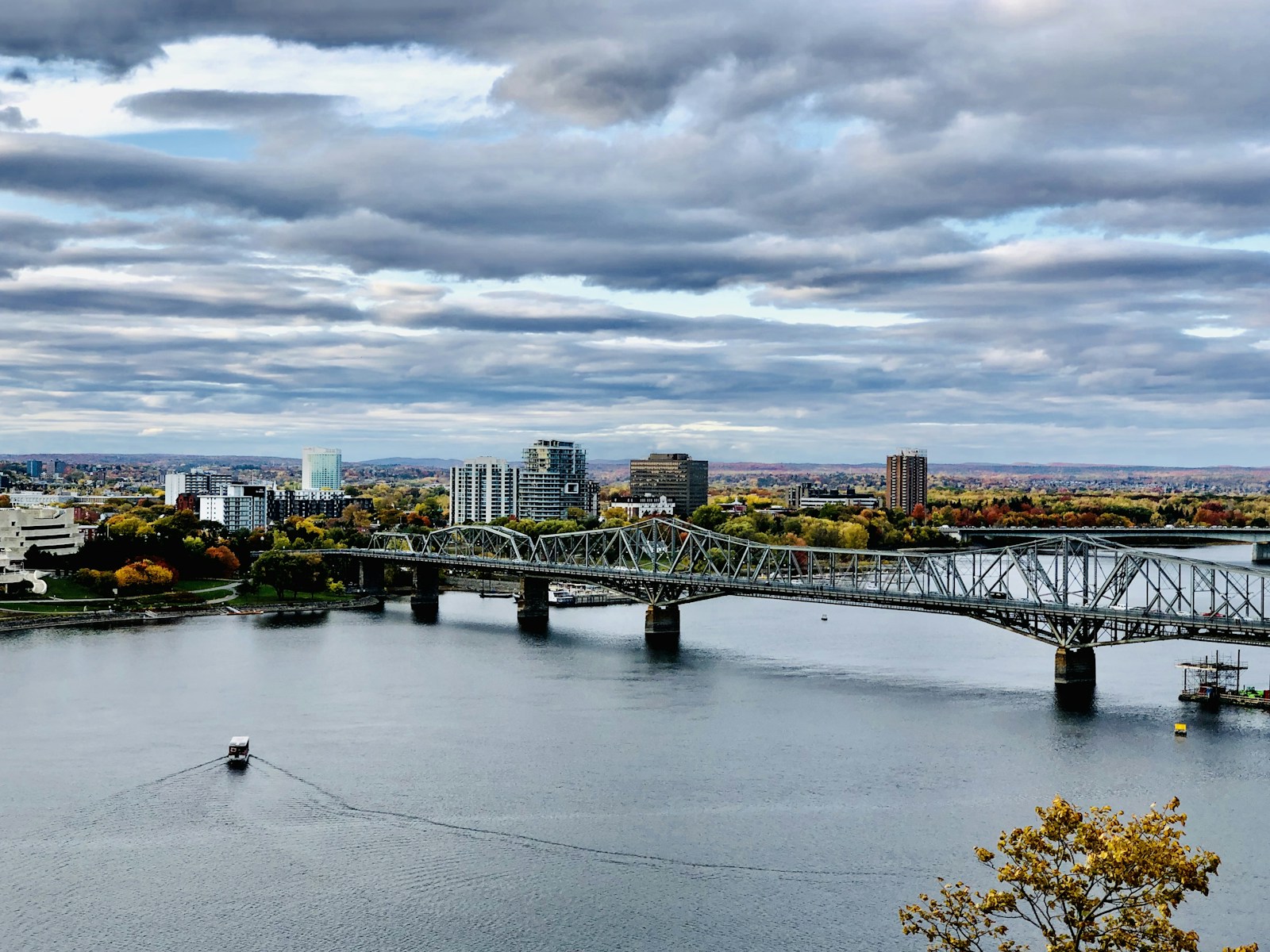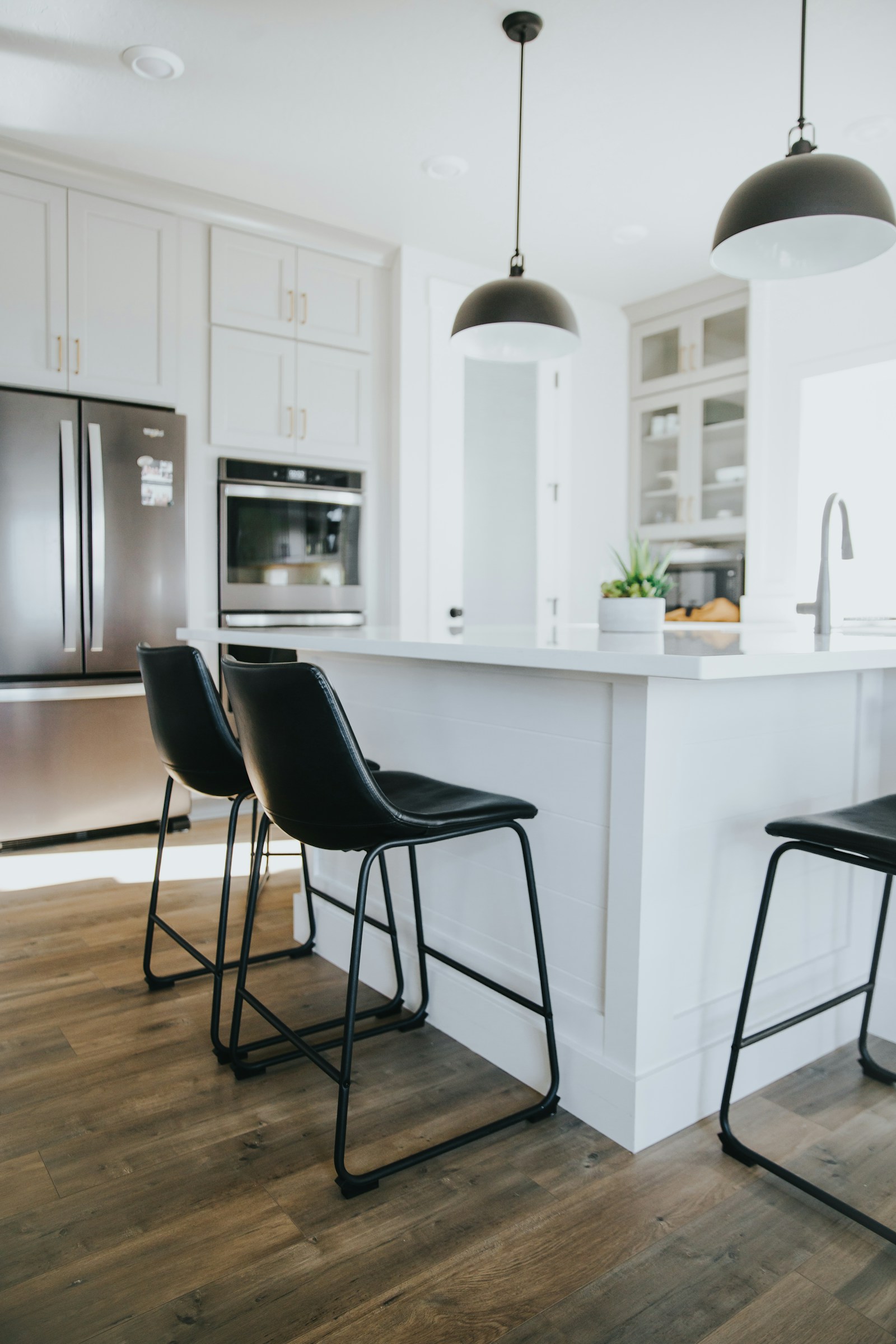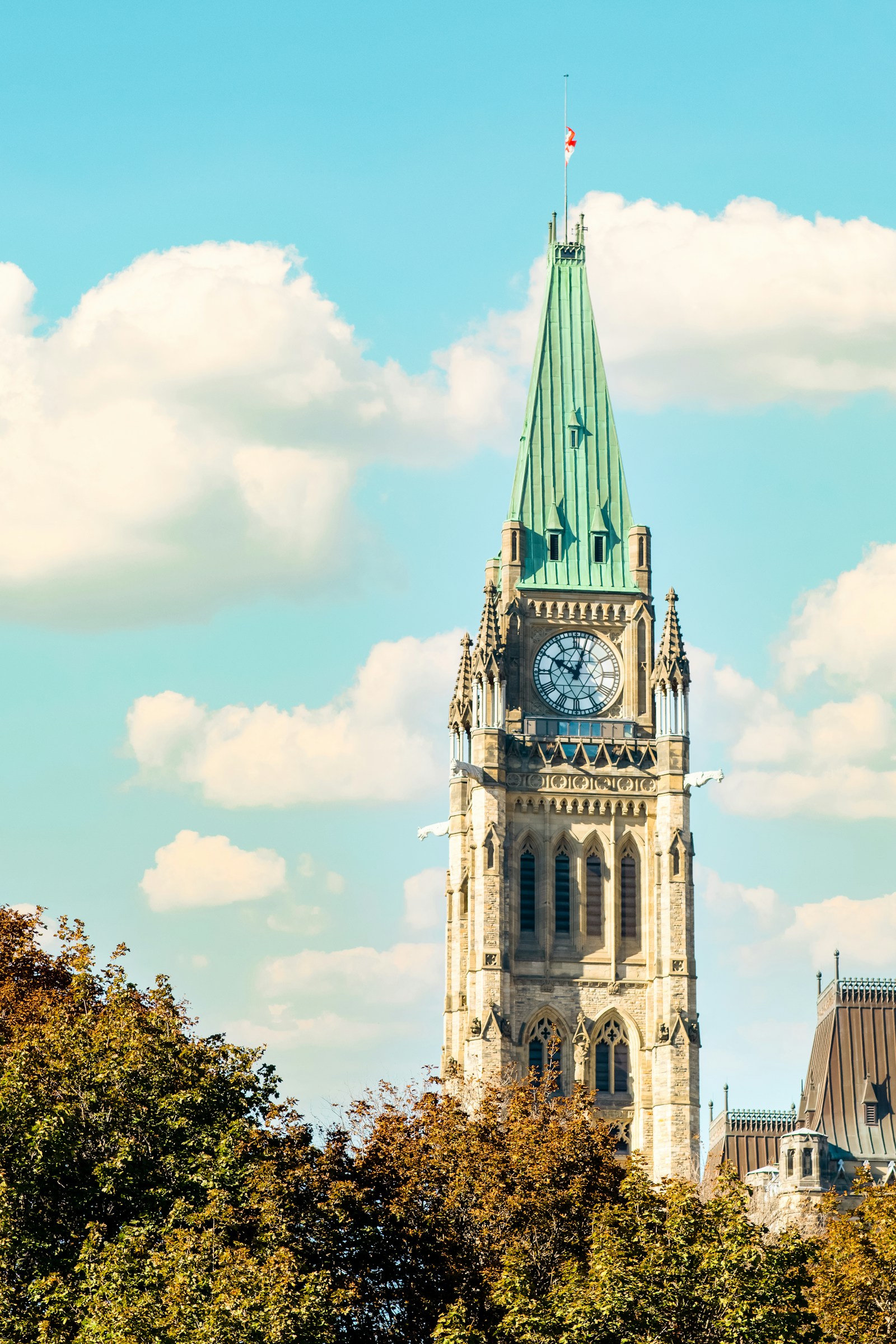House flipping has long been seen as a path to quick profits in real estate—buy low, renovate, and sell high. In Ottawa, flipping gained momentum in the early 2010s when prices were rising steadily and fixer-uppers were plentiful. But in 2025, with higher borrowing costs and shifting buyer expectations, many investors are asking: is flipping still profitable in Ottawa?
Let’s dive into the risks, rewards, and market realities for Ottawa home flippers today.
Why Flipping Homes in Ottawa Attracted Investors
Ottawa’s strong fundamentals—stable government jobs, a growing tech sector, and steady population growth—made it a safe bet for flippers. Investors were drawn to:
Affordable older housing stock in areas like Carlington, Vanier, and Heron Park.
Strong demand from buyers seeking move-in ready homes.
Rising values that allowed for quick appreciation even within 12 months.
But 2025 isn’t the same market.
The Challenges of Flipping in 2025
1. Higher Interest Rates
Carrying costs are much higher than they were a few years ago. Flippers often hold a property for 6–12 months, which means larger mortgage payments can eat into profits.
2. Renovation Costs
Labour and material costs have risen steadily. What might have cost $50,000 to renovate in 2018 could easily run $80,000+ today.
3. Buyer Expectations
Ottawa buyers in 2025 want modern finishes, energy-efficient upgrades, and smart home features. A basic cosmetic flip may not cut it anymore.
4. Market Fluctuations
While Ottawa’s market is stable, short-term shifts—such as seasonal slowdowns or policy changes—can hurt resale values.
Where Flipping Still Works in Ottawa
Despite challenges, flipping can still be profitable when done strategically:
Up-and-Coming Neighborhoods
Vanier – Seeing major revitalization and investor interest.
Carlington – Affordable entry points with rising demand.
Overbrook – Close to downtown, with older homes ripe for upgrades.
Property Types That Work
Bungalows with unfinished basements (easy to add living space).
Estate sales or properties with long-time owners.
Homes with outdated layouts but strong bones.
The Numbers: Profit Potential in 2025
Let’s use a fictional example:
Purchase price: $500,000 (older home in Vanier)
Renovation costs: $90,000 (kitchen, bathrooms, flooring, paint, curb appeal)
Carrying costs: $25,000 (mortgage, utilities, insurance, taxes for 8 months)
Selling price after renovation: $675,000
Gross profit: $60,000 before realtor commissions and legal fees.
After subtracting commissions and legal ($25,000), the net profit is around $35,000.
👉 For many, this is still attractive—but it’s not the six-figure windfalls flippers saw in past years.
Keys to Successful Flipping in 2025
Buy Below Market Value – Profits are made on the purchase, not the sale. Look for distressed or estate sales.
Stick to ROI Renovations – Kitchens, bathrooms, and curb appeal bring the best returns. Avoid over-customization.
Work with Trusted Contractors – Timelines kill flips; delays add costs fast.
Know Your Exit Strategy – If the market cools, consider renting the property short-term until conditions improve.
Run Conservative Numbers – Always budget extra for surprises.
Risks of Flipping in Ottawa
Thin margins – With high costs, profit margins are slimmer than ever.
Unforeseen issues – Structural repairs, asbestos, or electrical issues can balloon budgets.
Market timing – Listing in a slower season could reduce buyer interest.
Tax implications – Flipping profits are typically taxed as business income, not capital gains.
Final Thoughts
So, is flipping homes in Ottawa still profitable in 2025?
✅ Yes—but only for savvy investors who buy smart, control costs, and understand today’s buyer expectations.
❌ No—if you’re looking for quick, guaranteed profits without a well-planned strategy.
For many, long-term buy-and-hold investing may actually provide more stable returns than flipping in Ottawa’s current market. Still, for investors with the right team, knowledge, and risk tolerance, house flipping remains a viable opportunity—just not the easy money it once was.

